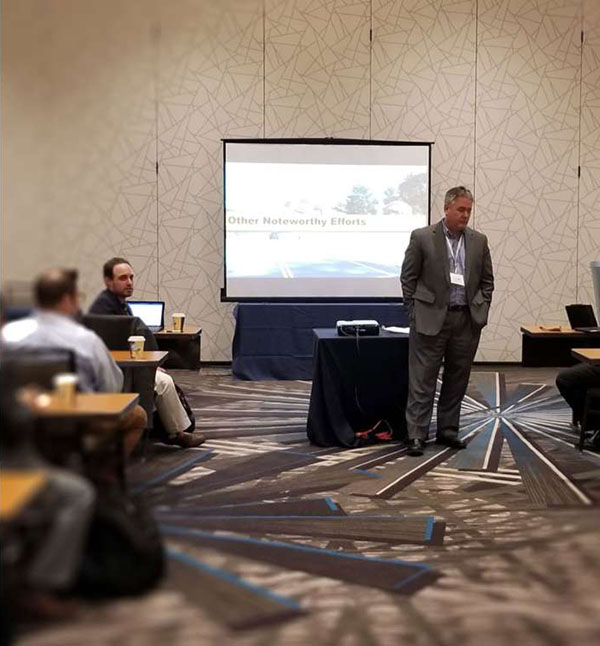5. Countermeasures
This section serves to support decision making when considering speed-related traffic calming countermeasures in rural communities. The information is focused on slowing traffic at the community transition zones and town centers, as well as along other rural commuter corridors through town.

